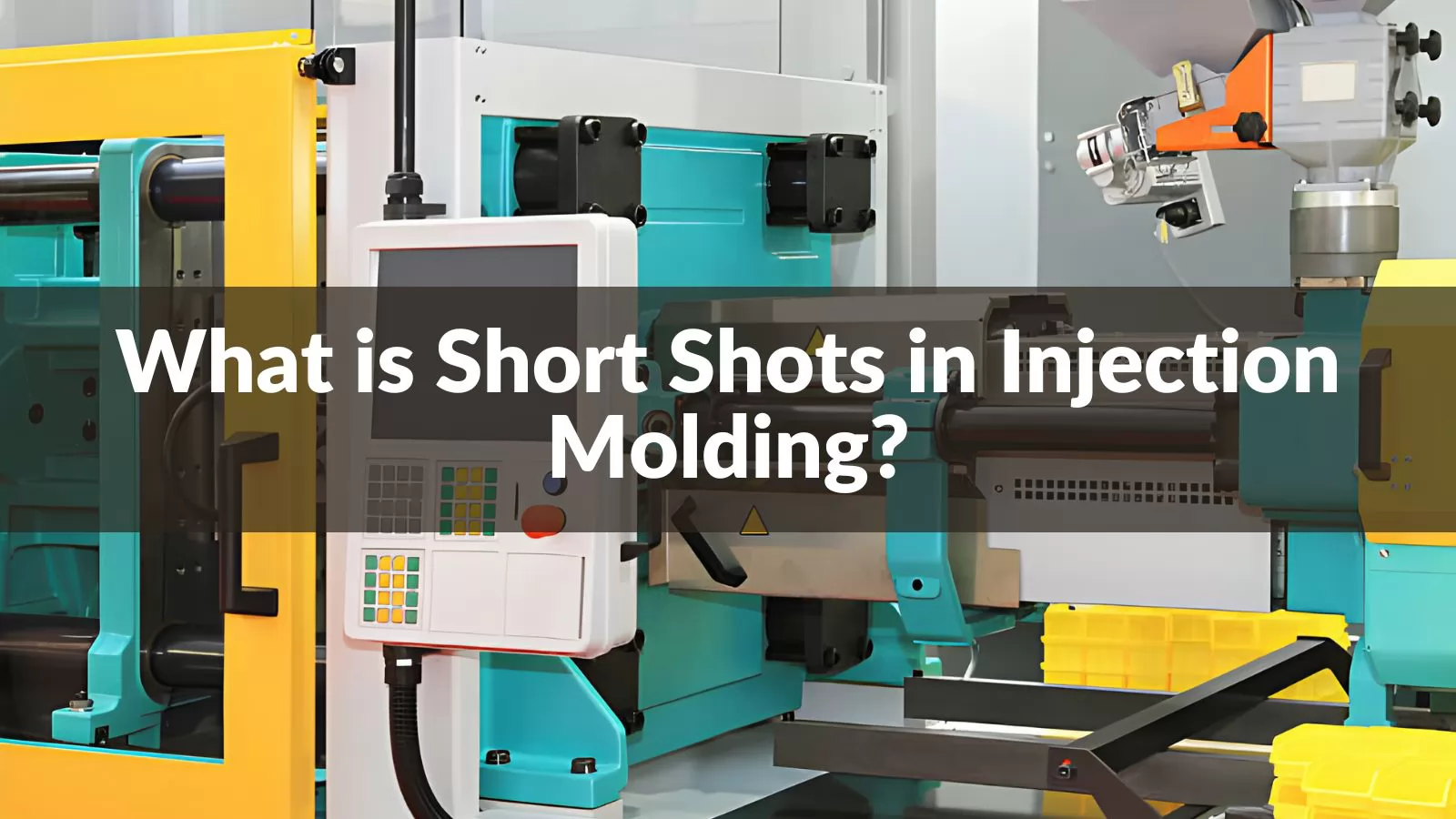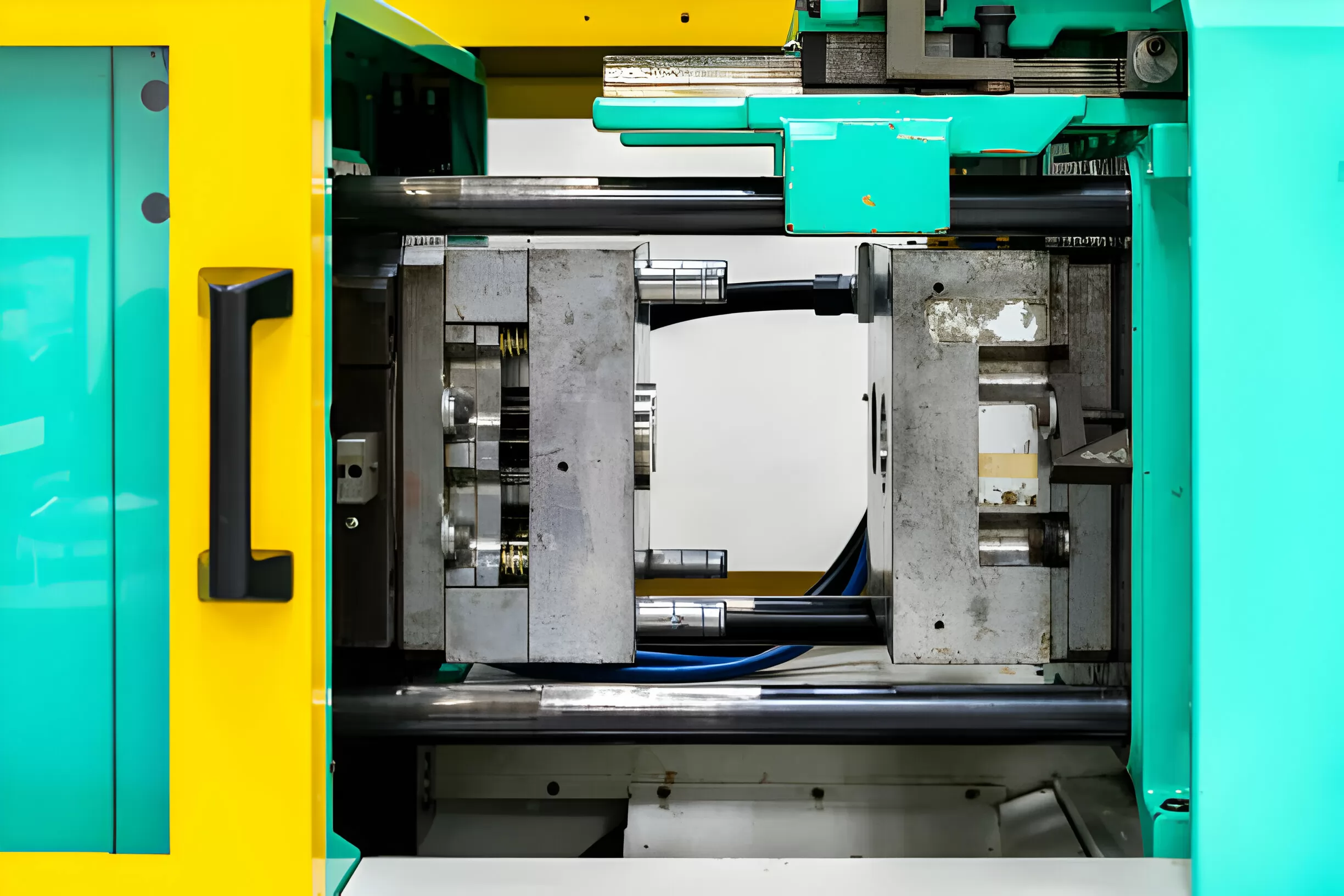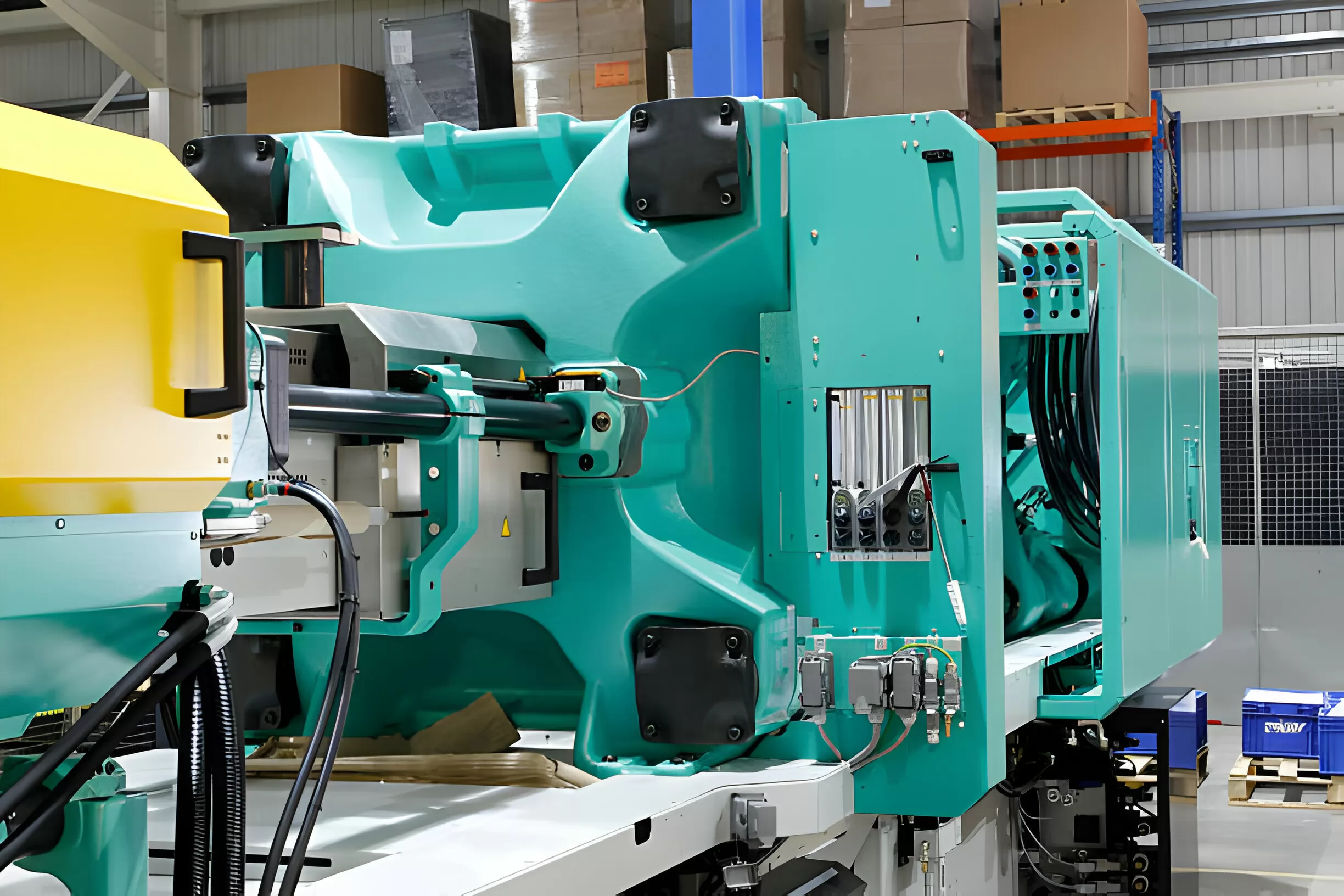
In the realm of injection molding, a prevalent and critical issue that manufacturers encounter is the formation of “short shots.” This phenomenon occurs when the molten material fails to completely fill the mold cavity, resulting in partially formed parts that are insufficient for their intended use. Understanding what causes short shots and how to address them is essential for maintaining high-quality production standards in injection molding operations. This article provides a concise overview of short shots, including their origins, implications, and strategies for mitigation.
What is Short Shots in Injection Molding
Short shots in injection molding refer to a common manufacturing issue where the mold does not fill completely with molten plastic. This problem results in incomplete or partially formed parts that are unusable, impacting both production efficiency and product quality.
Causes for Short Shots in Injection Molding
Short shots in injection molding are a prevalent issue that can significantly impact the quality and consistency of manufactured parts. This problem occurs when the molten material does not fully fill the mold cavity, leading to incomplete parts. Several factors can contribute to this issue.
Material Is Too Viscous
High viscosity means that the material has a thick, sticky consistency under pressure, which can impede its flow into the mold. This scenario often leads to incomplete filling of the mold cavity, resulting in parts that are not fully formed.
To address this issue, several approaches are recommended. Adjusting the temperature settings is one viable strategy. Increasing the temperature can reduce the viscosity of the material, making it flow more easily into all areas of the mold. However, care must be taken to avoid overheating, which can degrade the material properties or cause other defects.
Another approach involves revisiting the material selection. Sometimes, a slight adjustment in the formulation of the plastic resin or choosing an alternative with lower inherent viscosity can make a significant difference in molding performance without compromising on the desired characteristics of the final product.
Process optimization also plays a crucial role. Tweaking process parameters such as injection speed or pressure can help overcome challenges posed by high-viscosity materials. For instance, applying higher injection pressure might assist in pushing thicker materials through narrow flow paths within the mold.

Improper or Inadequate Venting
This issue arises when air trapped in the mold cavity prevents the molten material from fully occupying the intended space, resulting in parts that are incomplete or improperly formed. Venting plays a critical role in ensuring air can escape as the plastic fills the mold.
The challenge lies in balancing the need for sufficient venting with preventing the molten plastic from leaking out through these vents. Properly designed and placed vents allow air and gases to exit the mold without compromising the integrity of the final product. These vents are typically located at strategic points where air is most likely to be trapped.
To prevent short shots related to improper venting, one must ensure that the vent sizes are adequately calibrated for the specific type of material and its flow characteristics. Different materials may require different vent dimensions due to their unique properties such as viscosity and flow rate. Additionally, regular maintenance is essential to keep these vents clear of obstructions like residual materials and dirt, which can block airflow and exacerbate vent-related issues.
Ensuring that molds are designed with effective venting systems is crucial. This includes not only the placement and size of vents but also considering other design aspects such as mold orientation, which can influence how air moves within the cavity during injection.
Low Temperature
Adequately maintaining the temperature is essential for ensuring that the material flows correctly into the mold without encountering issues such as premature solidification, which can lead to short shots. In this scenario, low temperature refers to a condition where the material’s temperature does not reach an optimal level for seamless flow and filling of the mold cavities.
When discussing low temperature in injection molding, it’s crucial to understand that both the material and the mold may be subjected to less than ideal temperatures. For materials, a low temperature increases viscosity, making them harder to inject through nozzles and fill intricate details within molds. This increased resistance can prevent complete cavity filling, resulting in parts that are incomplete or exhibit physical deficiencies.
Frozen Flow Channels
This problem occurs when the temperature of either the material or the mold itself falls below optimal levels, causing premature solidification of the plastic.
To prevent frozen flow channels, it’s essential to ensure that both the mold and the material maintain appropriate temperatures throughout the cycle. Close monitoring and control of heating systems are crucial steps in this process. The temperature settings must be adjusted according to specific material properties since each plastic type has a unique melting point and cooling rate.
Additionally, maintaining consistent material temperature helps avoid variations that could lead to freezing within these channels. The application of external heating measures, such as cartridge heaters in molds or heated hoses for material delivery systems, can provide an even distribution of heat, significantly reducing risks associated with underheated conditions.
Moreover, routine maintenance and inspections play an instrumental role in identifying potential issues early on. Any signs of wear or damage within flow channels can exacerbate freezing problems by altering flow dynamics or creating areas where material can easily stagnate and cool.
Fill Rate
The fill rate in injection molding is a critical parameter that significantly impacts the quality of the molded part. It refers to the speed at which the molten plastic fills the mold cavity. An optimal fill rate is crucial for ensuring that the material fully occupies the cavity before solidifying, thereby preventing defects such as short shots.
Adjusting the fill rate can be a delicate balance. A too slow fill rate might not allow the material to flow into every part of the mold before it starts to solidify, leading to incomplete parts or short shots. On the other hand, a too fast fill rate can cause excessive shear stress on the material, leading to other defects such as flash or burn marks.
The selection of an appropriate fill rate depends on several factors, including the type of plastic being used, its viscosity, and the design of the mold. Materials with higher viscosities may require higher pressures or speeds to achieve an adequate fill rate. Conversely, molds with thin walls or complex geometries may require careful control of the fill rate to ensure that the material reaches all areas without causing damage.
To determine the optimal fill rate for a specific application, manufacturers often conduct flow simulations during the mold design process. These simulations can help predict how the molten plastic will behave as it fills the mold and solidifies, allowing adjustments to be made before actual production begins.
In practice, controlling the fill rate involves adjusting both injection speed and pressure. The injection molding machine must be calibrated carefully to achieve a consistent and appropriate fill rate throughout production runs. Operators must monitor processed parameters closely and make adjustments as required to maintain part quality.
Injection Pressure
Adequate injection pressure ensures that the material flows smoothly and fills every cavity of the mold entirely before solidifying. In scenarios where the injection pressure is too low, it’s commonplace for the molten plastic not to reach all parts of the mold, resulting in unfinished parts or short shots.
When examining injection pressure adjustments, it’s crucial to find a balance. Excessively high pressure can lead to other defects like flash, where excess material squeezes out into the parting line of the mold. On the contrary, insufficient pressure might mean areas of the mold are not filled correctly.
Accurate control over this parameter requires a comprehensive understanding of the material being used and its behavior under different pressures. Variations in material viscosity demand alterations in injection pressure to achieve a consistent fill rate throughout all cavities of the mold.
Moreover, successful application of adequate injection pressure hinges on seamless cooperation with other variables such as injection speed and temperature settings. These elements are interconnected; an adjustment in one usually necessitates a modification in others to maintain optimal molding conditions.
It’s advisable to conduct thorough testing under various pressures with new molds or materials to identify the optimal setting for each project. Keeping a detailed log of these tests can help refine future processes and reduce occurrences of short shots.

Injection Speed
On one hand, if the injection speed is too slow, there’s an increased risk that the material will start to cool and solidify before it has filled every part of the mold. This scenario primarily leads to short shots, affecting the quality and integrity of the molded product. It’s essential to find a speed that allows complete filling without premature cooling.
Conversely, an excessively high injection speed can cause its own set of issues. While it may seem like a logical solution to ensure complete mold filling, overly rapid injection can lead to turbulent flow. This turbulence can introduce air into the material or cause other defects within the part, such as warping or surface imperfections.
Achieving optimal injection speed thus requires a delicate balance. It involves understanding both the properties of the material being injected and the specific details of the mold design. Materials with different viscosities will react distinctly under various injection speeds, so knowing your material’s characteristics is crucial.
In practice, manufacturers often start with a recommended injection speed for a given material type and then fine-tune based on trial runs. Observations from these trials help identify any potential issues with fill time or material behavior at different speeds. Adjustments are then made iteratively until an ideal setup is achieved.
Furthermore, advanced molding machines offer precise control over injection speed throughout different stages of mold filling. Such capability enables more nuanced adjustments where initial stages may require one speed for optimal filling initially but necessitate adjustments as filling progresses to avoid defects.
Wall Thickness
Appropriately measured wall thickness ensures uniform cooling, thus minimizing discrepancies during the molding process. An uneven or excessively thick wall can lead to longer cooling times, which can inadvertently cause certain sections of the material to solidify faster than others. This uneven solidification often results in short shots, as portions of the cavity may harden before being fully filled.
Moreover, a harmonious balance in wall thickness facilitates optimal flow of molten material. It’s essential for creating a pathway that allows the material to reach every part of the mold effectively. Too thick walls might require higher injection pressure and speed, potentially leading to other complications such as warping or excessive stress on the parts.
Mold Design
A well-thought-out mold design considers the path that the molten material will take to fill the cavities. Smooth, obstruction-free channels are paramount in ensuring complete filling without premature cooling. Attention to these details in design can alleviate many issues related to short shots.
Another aspect under mold design is the strategic placement of gates and vents. These components are essential for allowing material entry and air escape, respectively. An optimal configuration ensures uniform filling and venting, thereby minimizing potential voids or incomplete areas within the molded part.
The intricacy of part geometry also falls under consideration within mold design. Complex shapes may require sophisticated strategies, such as the employment of runners and gates designed to promote uniform flow and pressure distribution throughout all regions of the mold. This approach assists in mitigating uneven filling rates which could lead to short shots.
Lastly, consideration for thermal regulation within molds plays a pivotal role. The ability to maintain consistent temperature controls across different sections prevents premature cooling or inconsistent viscosity in the flowing material. Designing molds with integrated heating or cooling systems that can adjust based on specific process requirements ensures better control over material behavior during injection.
How do you prevent short shots in injection molding
- Adjust Material Viscosity: Ensure the plastic material has the right viscosity level for smooth flow. Consider changing the material or altering processing conditions to adjust viscosity if necessary.
- Ensure Proper Venting: Adequate and strategically placed vents are crucial for allowing air to escape during injection, preventing short shots. Regular maintenance is necessary to keep vents clear.
- Control Temperature: Monitor and adjust both melt and mold temperatures to optimal levels for the material in use, preventing premature solidification.
- Maintain Flow Channels: Check for and remove any blockages in flow channels to ensure material can move through them without hindrance.
- Optimize Fill Rate: Calibrate the fill rate to balance the pressure needed to fill the mold completely without causing damage to parts.
- Fine-tune Injection Pressure and Speed: Adjust pressure and speed to ensure complete cavity filling while avoiding premature cooling or jetting issues.
- Consider Wall Thickness: Design parts with uniform wall thickness to minimize the risk of incomplete filling.
- Refine Mold Design: Optimize mold design for efficient material flow, including proper gate locations and venting, to enhance filling efficiency and reduce short shot risk.
In Conclusion
Short shots in injection molding occur when the mold does not fill completely with molten plastic, often leading to defective products and highlighting the importance of precise control in the manufacturing process.
To ensure your manufacturing processes are free from such issues, it’s critical to employ advanced techniques and expert consultation. Contact us today for guidance on optimizing your injection molding operations and preventing short shots, ensuring high quality and efficiency in your production line.


